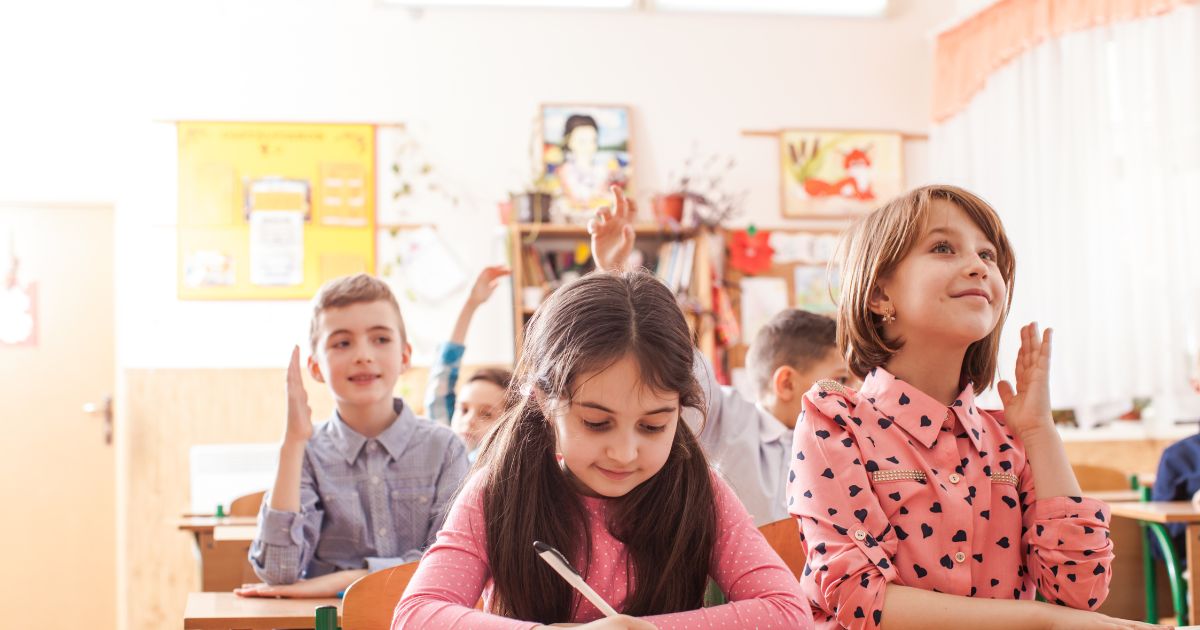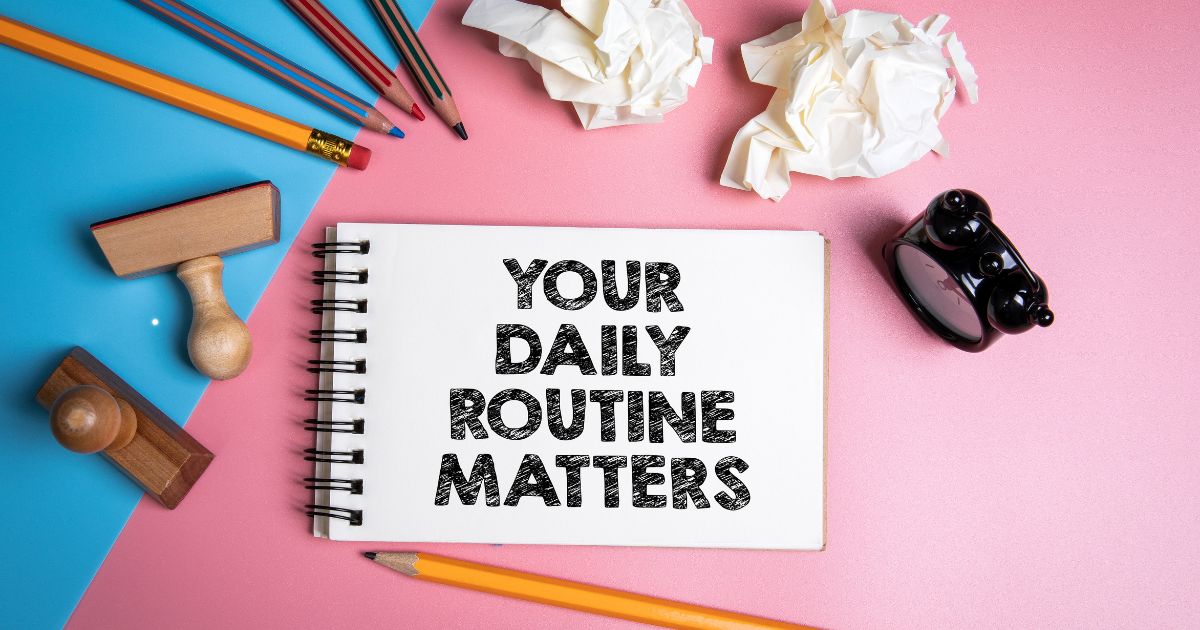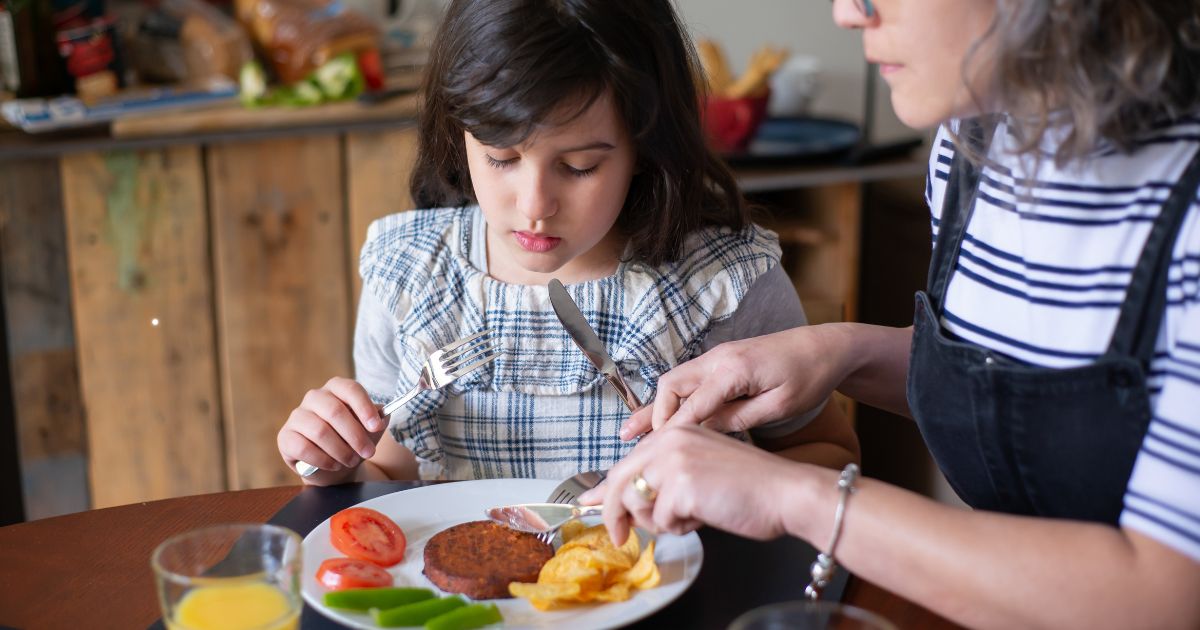While teaching manners to elementary students can feel like a difficult task, it’s important for their development. But Imagine adding manners easily into your child’s daily routine. This post will explore effective strategies to help elementary students accept good manners.
Discover easy, Practical tips that make learning manners fun and stress-free. From quick tricks to engaging activities, watch your child’s social skills flourish.
The Importance of Manners in Elementary Students
Moreover, Good manners are the basis of respectful and positive relationships. When students learn and practice manners, they develop greater self-confidence, empathy, and social skills.
Therefore, these qualities contribute to a more positive classroom environment where students feel respected and valued. Students who exhibit good manners are more likely to be viewed favourably by their peers and teachers, which leads to greater success.
- Benefits of Good Manners’ Impact on Future Success
- Enhanced communication skills Better job prospects
- Positive first impressions Stronger personal relationships
- Conflict resolution abilities Greater leadership potential
These benefits can have a lasting impact on a student’s life, helping to shape their future success.

Teaching Essential Manners
After setting clear expectations for our students, let’s teach them the vital manners that will help them navigate social situations with confidence.
Respecting personal space
Teaching children about personal space is important for creating positive interactions.
- Define personal space using visual aids or physical actions.
- Explain the importance of asking permission before entering someone’s personal space.
- Practice scenarios where students can identify and respect others’ limits.
Showing respect and appreciation
Gratitude is a fundamental aspect of good manners. Encourage students to:
- Use “please” and “thank you” consistently
- Write thank-you notes for gifts or kind gestures.
- Express appreciation for others’ efforts and contributions.
Polite conversation skills
Help students develop effective communication skills with these tricks.
- Active listening
- Taking turns speaking
- Using appropriate volume and tone
- Avoiding interruptions
Table manners and dining rules
Teach proper dining behaviour with these essential rules:
- Napkin placement – On lap when seated
- Utensil use – Start from outside, work inward
- Chewing – With mouth closed
- Conversation – No talking with food in the mouth.
- Posture – Sit up straight, elbows off the table
Greeting and introduction manners
Instruct students on making positive first impressions.
- Maintain eye contact
- Offer a firm handshake (when appropriate)
- Use clear, confident speech when introducing oneself or others.
- Practice proper titles and forms of address (Mr., Mrs., Dr., etc.).
By focusing on these essential manners, we equip students with the social skills necessary for success in various settings.
Using Interactive Learning Methods
In addition, interactive learning methods can make teaching manners for elementary students both engaging and effective. By incorporating various activities, we can help children absorb good manners and practice them in a fun, memorable way.
Video examples
Video examples are an excellent tool for showing proper manners in action. Short, age-appropriate videos can illustrate this.
- Greeting others politely
- Saying “please” and “thank you”
- Table manners
- Sharing and taking turns
After watching, please encourage students to discuss what they observed and practice the shown action.
Storytelling and Literature
Books and stories provide valuable context for teaching manners. Here’s a list of ways to incorporate storytelling.
- Read aloud books that focus on manners and kindness
- Discuss characters’ behaviours and their consequences
- Have students create their own stories about good manners
- Use puppet shows to act out polite scenarios
Manners-themed games
Moreover, Games can make learning manners fun and interactive. Consider incorporating these activities.
Greet each other with a handshake or hug. Ask how everyone is feeling. Encourage students to take turns speaking.
- Manners Bingo – Players mark off polite behaviours they observe, such as observation skills and various manners.
- Please and Thank You, Tag Players must say “please” to tag others Courtesy and politeness.
- Good Manners Charades Act out and guess polite behaviours, non-verbal communication, and empathy.
- Etiquette Obstacle Course Complete tasks while demonstrating good manners, Physical manners, spatial awareness.
Role-playing scenarios
In addition, Role-playing allows students to practice manners in real-life situations. Set up scenarios such as.
- Meeting new people
- Answering the phone
- Dining at a restaurant
- Resolving conflicts with friends
Please encourage students to take turns playing different roles and provide positive feedback on their results.
Through these interactive learning methods, students can actively engage with the concept of good manners, making the lessons more memorable and useful.

Incorporating Manners into Daily Routines
Now that we’ve discussed the essential manners to teach let’s explore how to integrate them easily into students’ daily lives. By practising good manners throughout the school day, children will develop habits that last a lifetime.
Lunchtime Etiquette Practice
Lunchtime offers an excellent chance to develop table manners and social skills. Finally, here are some ways to incorporate manners into meals.
- Encourage students to say “please” and “thank you” when receiving food.
- Teach proper use of cutlery and napkins.
- Promote polite conversation and listening skills at the table.
Classroom Discussions and Group Work
Group activities provide a perfect setting for practising respectful discussion and teamwork. Consider implementing these strategies.
- Establish “discussion rules” that enhance taking turns and active listening.
- Encourage the use of polite phrases like “excuse me” and “may I.”
- Teach students to disagree respectfully during debates or differing opinions.
Morning Greetings and Farewells
Start and end each day on a positive note, such as polite greetings and goodbyes. Here’s a simple routine to follow:
To start the day, greet each student, “Good morning, How are you today?”
To wrap up the day, say farewell to each student: “Have a great evening, See you tomorrow!”
By consistently practising these routines, students will naturally incorporate good manners into their daily lives, both in and out of school.

Measuring Progress and Celebrating Success
Now that we’ve explored various strategies for teaching manners, it’s critical to measure progress and celebrate success to improve positive behaviours. This approach not only motivates children but also helps them take the importance of good manners.
By incorporating these strategies, you’ll create a positive feedback loop that develops good manners and celebrates students’ progress.
This approach not only helps kids develop essential social skills but also fosters a more respectful and educative classroom environment.